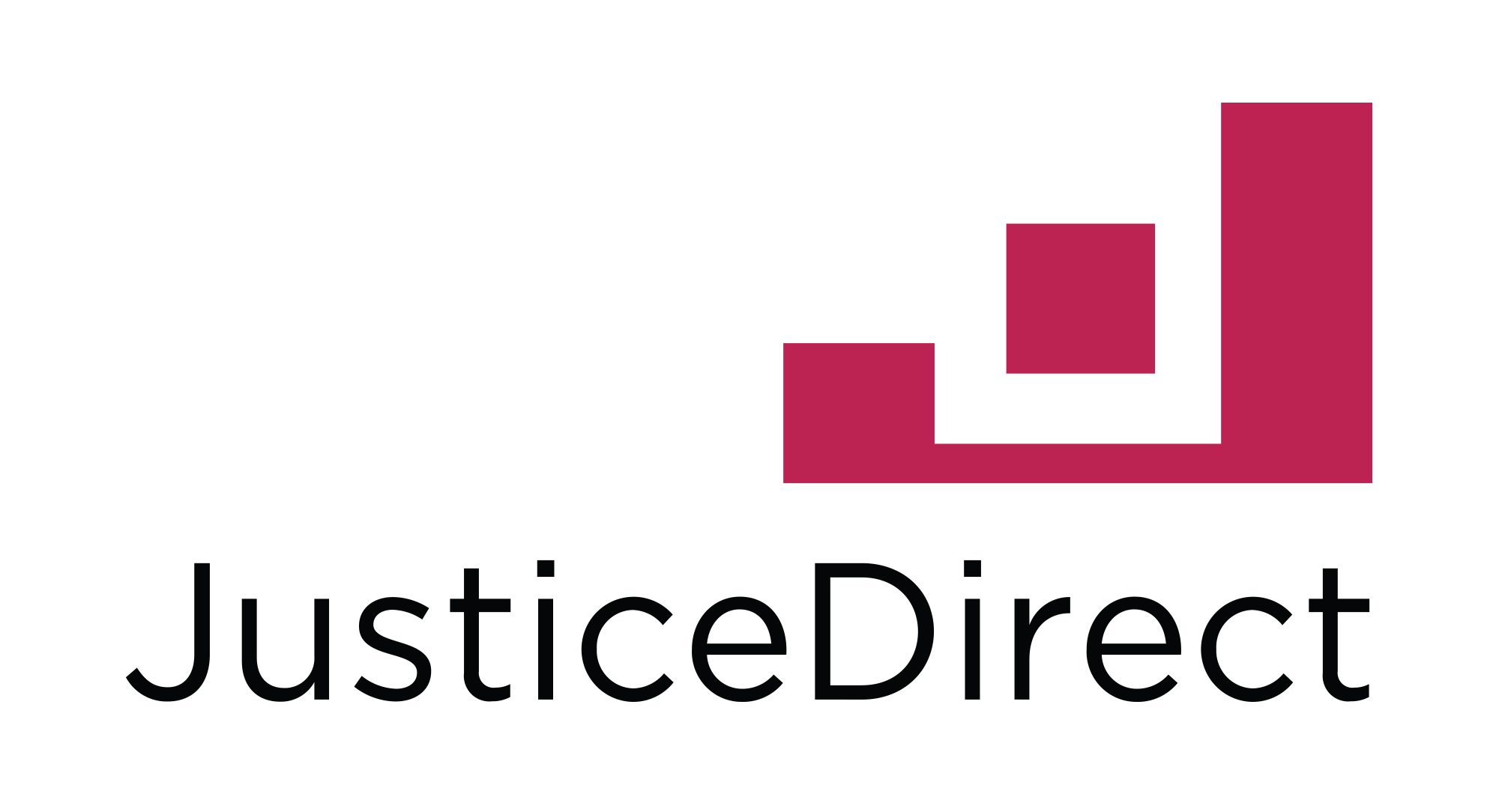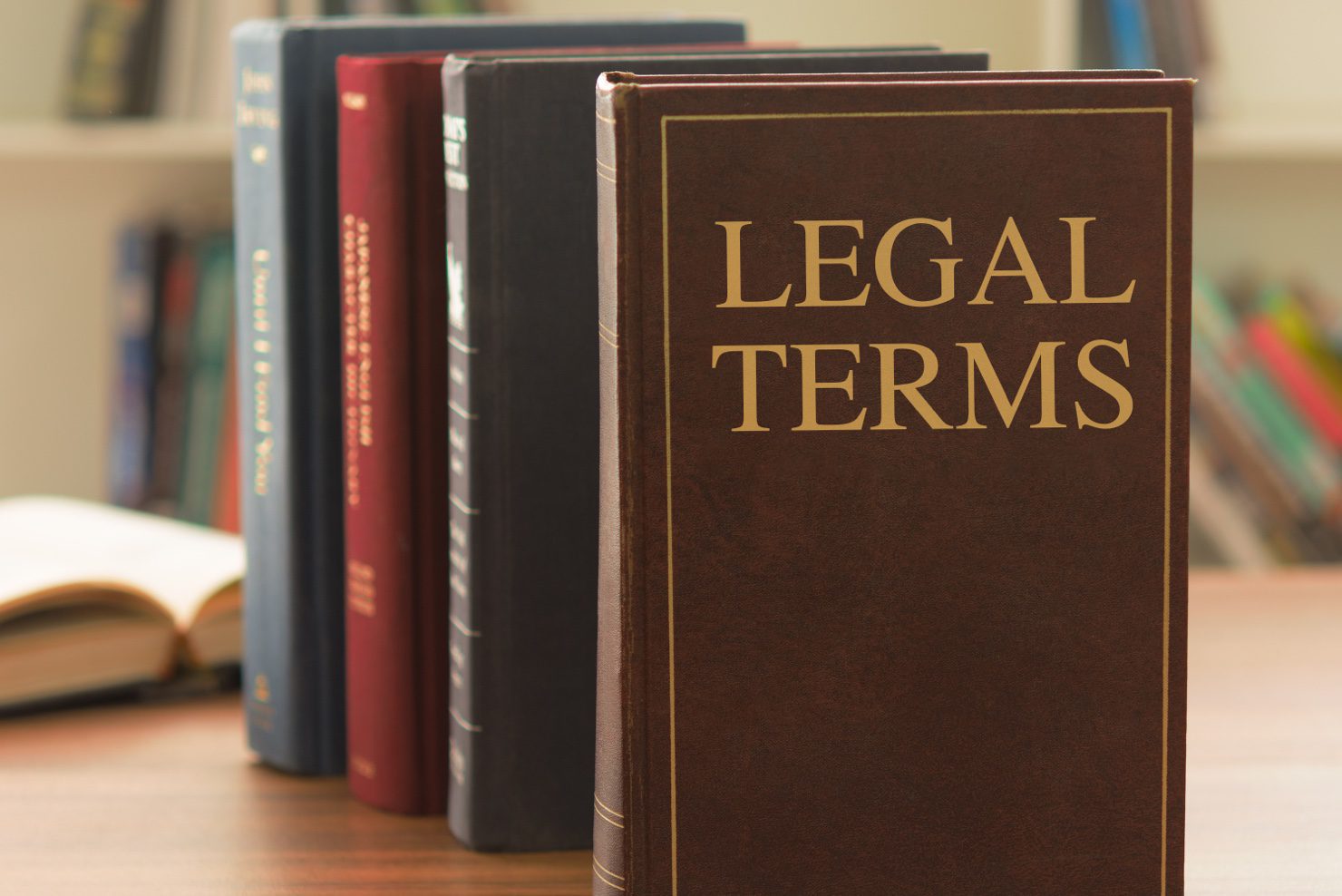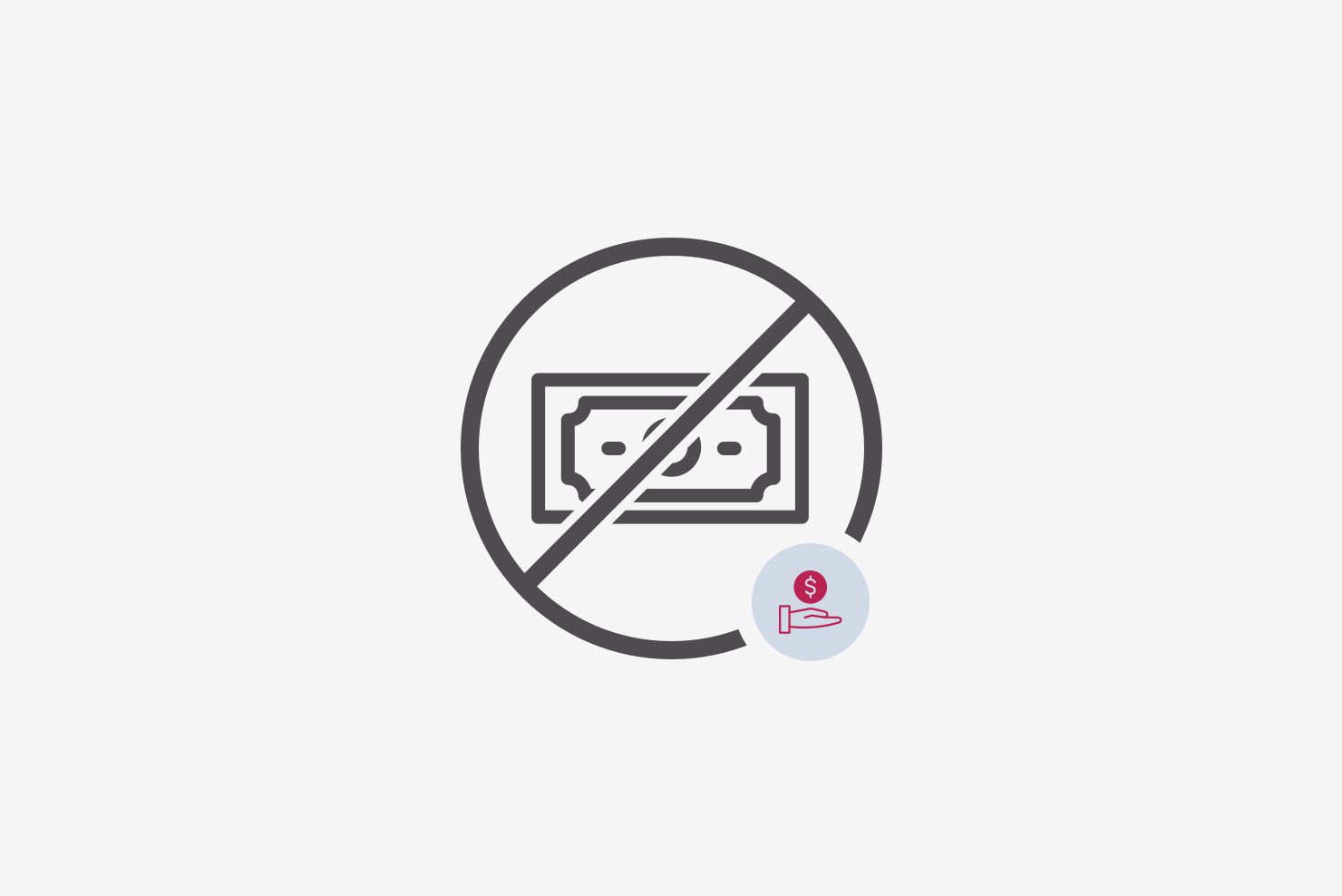You have been sued, you have put together your evidence and witnesses, and now you have to prepare for your trial hearing. This is the last and most important step to winning your case against the other party.
Take action, get started on JusticeDirect.com
Before your hearing
Plan your logistics
- Plan your route to the courthouse to ensure you know how to get there on time.
- Locate the appropriate parking lot.
- Know how to get from the parking lot to the courthouse (some parking lots are separated from the courthouse).
- Locate the courtroom inside the courthouse.
- Schedule care for your children, pets, or other dependents for the day of your hearing, if necessary.
- Be sure you have a clean and presentable outfit to wear. This could be a suit if you own one, a pair of clean jeans and a collared shirt, or your work uniform.
- Call or text any witnesses you are using to see if they can attend your trial. If they are unable to attend, ask if they can provide a witness statement for you to use as evidence.
Practice and Polish Your Presentation
- Organize all of your evidence and know where to find everything if the judge has questions.
- Practice telling your case and explaining why you disagree with the plaintiff. Write down any notes or reminders that might help you when presenting your case at trial.
- Depending on your local rules, you may have to go through mediation before you present your case in front of the judge. Think in advance whether you will be willing to mediate and settle the case. Think about whether there is an amount you would pay to settle the claim and avoid trial.
- If possible, attend small claims court well before your trial to get a sense of what to expect at your trial.
Last-Minute Items to Remember
- Pack your bag the day before:
- Bring: your evidence and at least two extra copies for the judge and plaintiff(s).
- Don’t bring anything that will not make it through security: a pocket knife, pepper spray, or anything that could be considered a weapon.
- Call or text any witnesses you are using to confirm they will be at your trial.
- Leave for court with plenty of time to park, find the courtroom, and read over your case and evidence before you present to the judge.
Your day in court
When you Get to Court
- Be prepared to pay for parking, some courthouses may offer free parking but not always.
- Find your courtroom so that you can wait for your case to be called. If you can’t find your courtroom, ask a security guard or someone at the information desk.
- When you get to your courtroom, it may not be open yet so the doors will be locked. When the courtroom is ready to begin proceedings, you will need to check-in. Oftentimes, check-ins are conducted via a roll call by the clerk or the bailiff. Ask information officers to make sure you are following the proper protocols.
When your Trial Begins
- If the plaintiff is present, you may be asked to mediate and resolve the case without a hearing.
- Mediation will likely happen in a different room.
- It is an informal process where a trained mediator tries to help you and the plaintiff reach a compromise and settle the case before court.
- You can use your trial presentation to help you during these discussions.
- If mediation fails, the mediator will inform the judge that you are ready for trial and you will wait for the judge to call your case.
- The judge will first ask the plaintiff to state their version of the case. Be respectful to the plaintiff and do not interrupt them.
- Take notes in this packet while the plaintiff is presenting.
- If the plaintiff doesn’t show up, the judge may dismiss the case against you. If it does not look like the judge is going to dismiss the case, you have the right to request the dismissal.
When it’s Your Turn to Speak
- Court is very formal, so be sure to act accordingly. Always address the judge as “Your Honor”.
- After the plaintiff is done, the judge will likely ask you to state your case. While presenting your case, do not interact with the plaintiff, and only direct yourself to the judge.
- When you are done giving your opening statement, offer the judge and plaintiff(s) a copy of your evidence.
- Be prepared for the judge to interrupt you with questions. If this happens, do not interrupt the judge, immediately answer the judge’s questions.
- Remember, all you need to do is think about your story and answer honestly. If you don’t know an answer, you can simply tell the judge that you don’t know.
- One way you can try to anticipate questions that the judge may ask you is to pay close attention to the questions that the judge asks the plaintiff.
- Don’t worry if you do not get the opportunity to say everything at the start. Answering the judge’s questions is the main priority.
- The judge may rule on the case at the end of your trial, but more likely, you will get the judgment in the mail. Even if the judge does rule against you at the end of your trial, you will not have to pay the plaintiff on the day of court. Instead, you will have a certain number of days to pay, file a form requesting to pay over time, or to appeal the case.
After your hearing
- If the judge does not rule on the case at the conclusion of the hearing, you will receive a notification in the mail from the court when the decision is made. The court’s official decision is called the judgment.
- If you are successful in court and the judge rules that you do not owe the plaintiff any money, the court will dismiss the case against you. You will be done defending this case because the plaintiff cannot appeal.
- If the judge rules that you owe any money to the plaintiff (either the full amount plaintiff is asking for or a smaller amount) the judge will enter a judgment against you. This means that plaintiff will be collecting the money from you directly after the judgment becomes official. This is most often when you receive the judgment in writing from the court.
- If you disagree with the court’s judgment against you, you may appeal the case. Make sure you hold onto all of your evidence and information to use in case you want to appeal the case. The deadline to appeal will be included in the judgment you receive in the mail.
Note that there are procedural differences for every state and county, and what’s listed here may be different from your local procedures. If you are unsure, contact your court to find out the exact procedures of that court.






